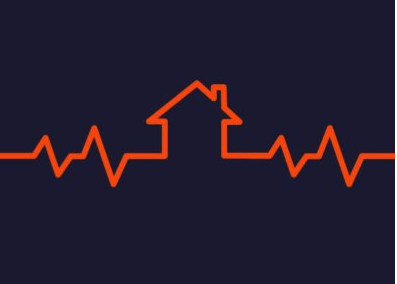Considerations for Choosing Ambulatory EEG Testing
I have been fortunate to be in the field of EEG for 22 years, 16 of which have involved ambulatory EEG. I have seen how technological advances have pulled ambulatory into the forefront, making it a clinically sound diagnostic option. However, perhaps the most impactful aspect of ambulatory EEG is its ability to reach more patients, nationwide, that need immediate access to EEG testing.
I once drove to the Oklahoma panhandle to see a 17-year-old girl who had established epilepsy. A person with established (but generally well controlled) seizures often requires follow-up EEGs for a variety of different reasons. Unfortunately for this patient, the nearest epilepsy medical unit (EMU) was more than 100 miles away. She was experiencing an uptick in seizure frequency and her physician set out to determine the cause.
Consider these hypothetical considerations and how they may have impacted a physician’s decision to order an ambulatory EEG for the patient:
Consideration 1
The patient did not fit the criteria for either the 20-minute routine or an EMU visit. A 20-minute routine was too short to establish the frequency of symptoms, breakthrough seizures, or potential changes in behavior in her type of epilepsy. Additionally, the distance of the EMU coupled with the number of follow-up appointments would be too burdensome.
Consideration 2
She may have to wait 1-3 months just to get an appointment at an EMU. Once the appointment is made, a trip to the EMU would likely require at least one parent to accompany her. This could result in unplanned paid time off or loss of income for the family. Furthermore, the associated travel expenses such as transportation, lodging, and food, would have been an additional financial burden.
Consideration 3
Once the patient is admitted to the EMU, she would have to submit to everything that often accompanies a hospital stay: IVs, increased risk of infection, cafeteria food, anxiety, and interrupted sleep. Ultimately, the out-of-pocket medical bills would be much higher than the cost of an ambulatory EEG.
Given her circumstances and clinical needs, the patient’s physician reasoned that an ambulatory EEG was the right diagnostic option. This patient was able to have the test done at home, avoiding the EMU wait time and additional travel expenses. Plus, being at home meant greater comfort, decreased fear and stress, maintaining a semi-normal routine (which can contribute to catching more events during the test), and a reduction in overall cost. Additionally, long-term tests have proven to yield better data than a routine EEG.
While an ambulatory EEG will not always be the right diagnostic for a patient (this is the provider’s discretion), it has been my experience that the burden on the patient is lifted by having their EEG done in-home.
About the Author
Laura Tahri, R. EEG T., is Director of Clinical Services and EEG Operations at Stratus.



